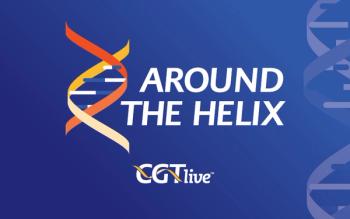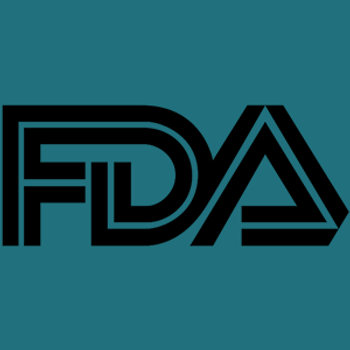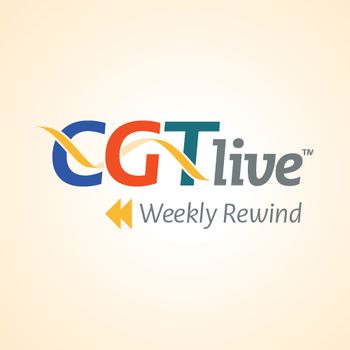
Survival Outcomes Found to Be Comparable for Axi-Cel, Liso-Cel, and Tisa-Cel in Real-World DLBCL Data
The 3 FDA-approved CAR T-cell therapies showed comparable survival outcomes in DLBCL over a 3-year period.
This article originally appeared on our sister site,
In a retrospective, observational study, patients with diffuse large B-cell lymphoma (DLBCL) who were treated with tisagenlecleucel (tisa-cel; Kymriah), axicabtagene ciloleucel (axi-cel; Yescarta), or lisocabtagene maraleucel (liso-cel; Breyanzi) across their FDA-approved indications did not show statistically significant differences in overall survival (OS) (log-rank test: χ², 0.773; degrees of freedom [df], 1; P = .379).1 The data were presented in a poster at t
Respective hazard ratios for axi-cel and tisa-cel, axi-cel and liso-cel, and tisa-cel and liso-cel cohorts constituted .903 (95% CI, 0.719-1.134), 1.065 (95% CI, 0.831-1.364), and 1.163 (95% CI, 0.856-1.582).
“This large-scale, real-world study provides valuable insights into mortality rates associated with 3 approved CAR T-cell therapies for refractory lymphomas over a 3-year period," presenting study author Vladimir Otasevic, MD, PhD, an internal medicine specialist and associate medical director of Hematology at Parexel, and colleagues wrote in the poster. "While mortality rates varied among therapies at different time points, survival analysis of [patients with] DLBCL revealed no statistically significant differences in OS outcomes."
Tisa-cel, axi-cel, and liso-cel are currently the only FDA-approved CAR-T products available for refractory DLBCL.1,2 In refractory lymphomas, the modality has become a standard of care. Although, insufficient real-world data regarding the performance of these 3 products in the routine clinical setting is available. This study thus aimed to evaluate survival rates following real-world CAR-T treatment by utilizing a large electronic health records database.
Investigators used the TriNet global dataset, which houses the electronic health records of 228,062,680 patients. Data were pooled from patients with DLBCL who had received tisa-cel (n = 1140), axi-cel (n = 1850), or liso-cel (n = 440) across all indications over a 3-year period postinfusion to determine whether there are statistically significant differences in OS between the 3 products.
All-cause mortality was evaluated at months 1, 3, 6, 12, and 36 after infusion. Kaplan-Meier survival analysis was performed to estimate survival outcomes in patients with DLBCL across the 3 therapies during the 3-year post treatment period. Data cutoff was February 19, 2025.
Additional data indicated that the cumulative all-cause mortality rates 1, 3, 6, 12, and 36 months after CAR T-cell therapy infusion with tisa-cel were 2.6%, 7.0%, 12.3%, 17.5%, and 23.7%, respectively. With axi-cel, these respective rates were 2.2%, 7.6%, 13.5%, 19.5%, and 24.5%. Respective rates with liso-cel were 2.3%, 4.5%, 11.4%, 15.9%, and 18.2%.
“These findings indicate consistent survival outcomes in real-world settings as observed in pivotal clinical trials," Otasevic and colleagues concluded.1 "Future research should focus on identifying predictors of mortality and strategies to mitigate risks while maintaining therapeutic efficacy across different CAR T products."
REFERENCES
1. Maiti K, Otasevic V, Lunney N, D’Angelo K, Learn C, et al. Three-year real-world mortality analysis of CAR-T therapies: tisa-cel, axi-cel, and liso-cel. Presented at: 2025 European Hematology Association Congress; June 12-15, 2025; Milan, Italy. Abstract PS1930.
2. Approved cellular and gene therapy products. FDA. Updated May 15, 2025. Accessed June 17, 2025. https://www.fda.gov/vaccines-blood-biologics/cellular-gene-therapy-products/approved-cellular-and-gene-therapy-products
Newsletter
Stay at the forefront of cutting-edge science with CGT—your direct line to expert insights, breakthrough data, and real-time coverage of the latest advancements in cell and gene therapy.











































